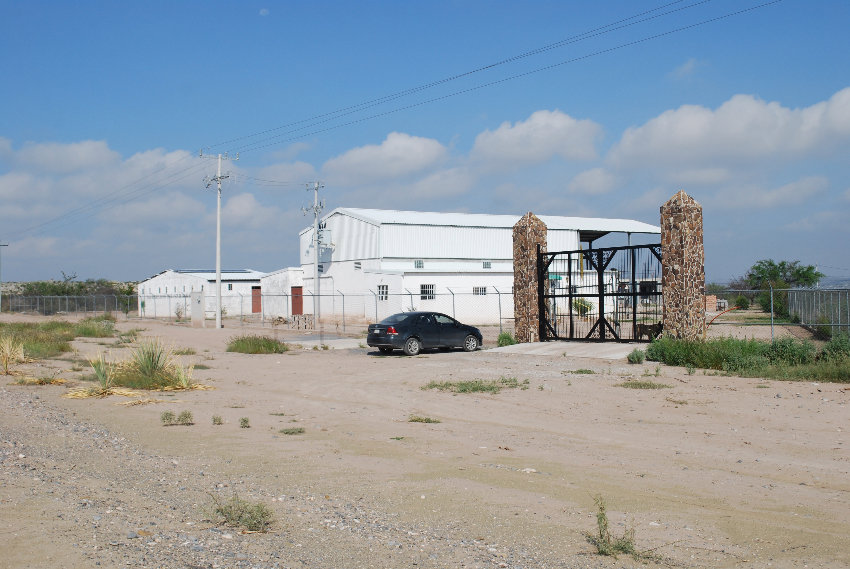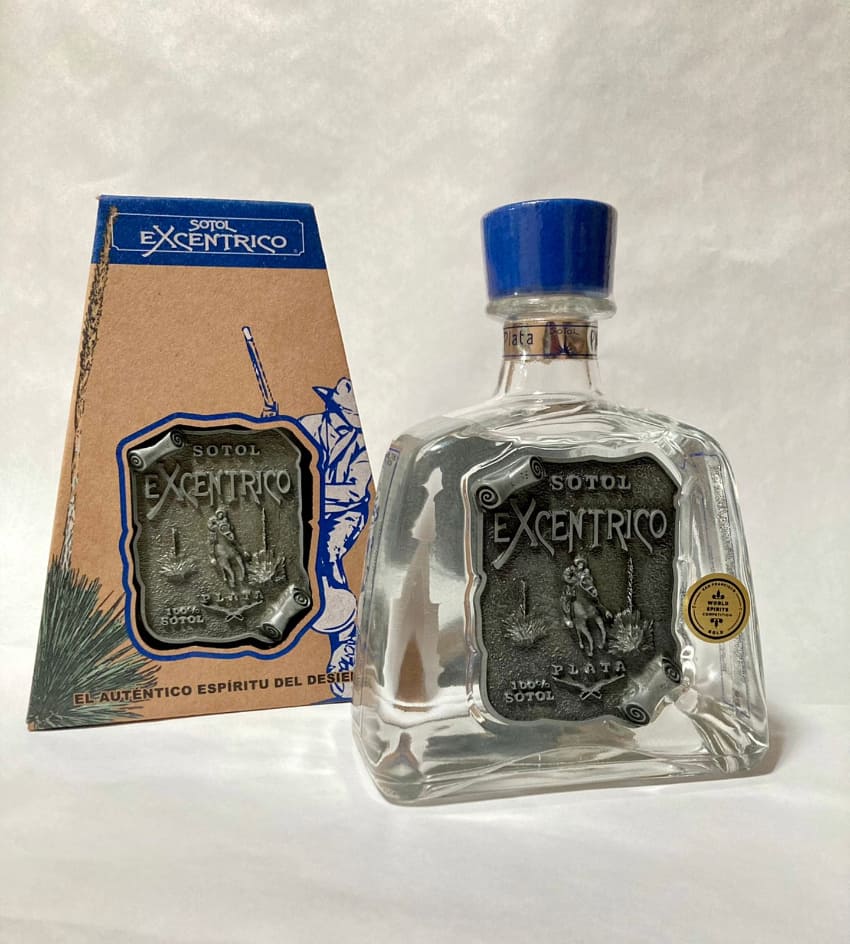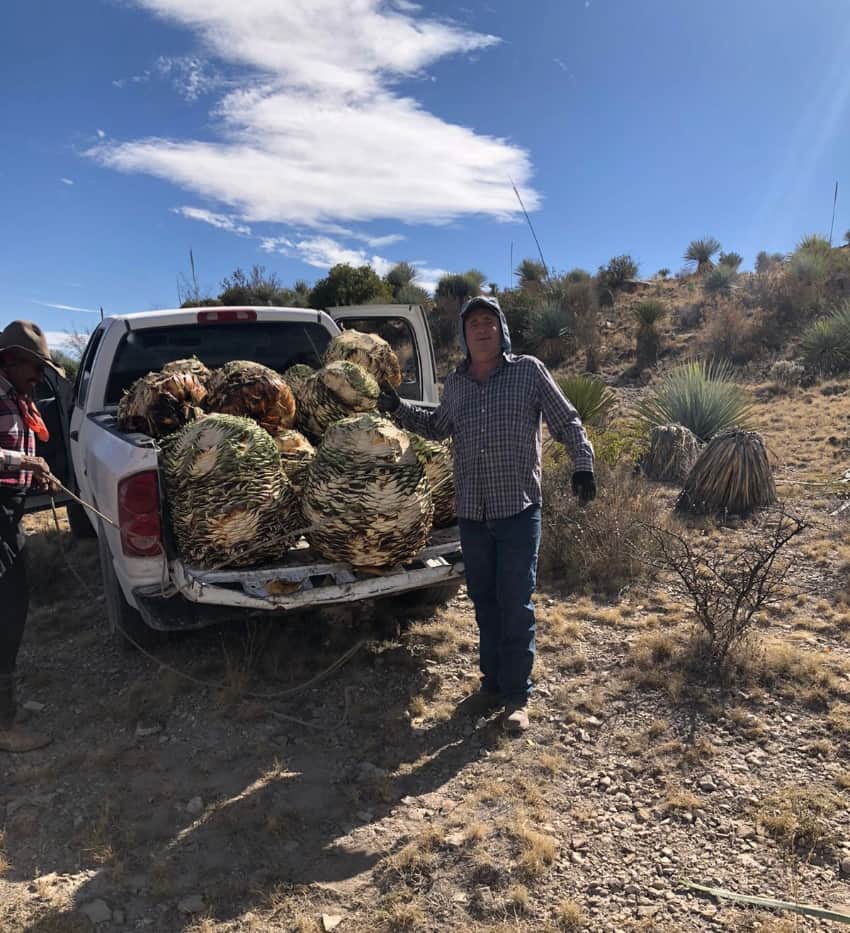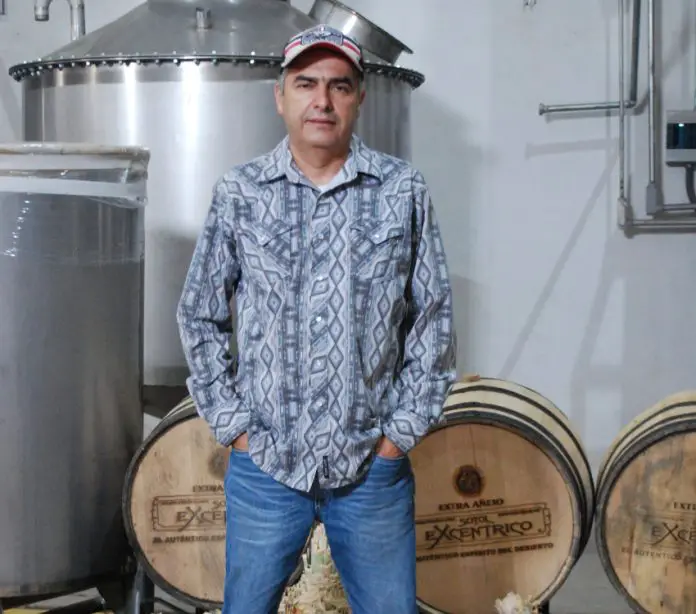The dogs dutifully ran out to bark at me at the front gate but very quickly decided that if this silly human wanted to stand in the desert sun, she was more than welcome to. The Tradición de la Familia Distillery is on the eastern edge of Mexico’s massive Chihuahua Desert, west of the city of Saltillo. It’s just off the side of Highway 40D, but it feels like you are in the middle of nowhere.
Roberto Palacios Cabral and his family are the pioneers of the commercialization of sotol, which, like mezcal, is a traditional cactus-based spirit produced in the region for generations.

Palacios likes to say that he started making sotol as a hobby, but from the get-go, he was more serious than that. Looking to create a new business, Palacios and his wife first looked into making tequila, but various problems in the industry dissuaded them. Her father suggested looking into sotol, but Palacios admits he had bad experiences with some very poorly made sotol in the past. The drink also had a very poor reputation in Coahuila. However, Palacios found a “pretty” bottle of premium sotol from Chihuahua. Trying it with a friend – he had his “a-ha” moment.
Sotol could be every bit as fine as tequila. Palacios began experimenting with Coahuila’s “sereque” varieties, the plant used for sotol. In a few years, he had a viable product. He still had to learn how to market the spirit legally, a process he claims was a “very winding road.” It was not until 2010 that the family could abandon their old promotions business for sotol and move permanently to facilities here in the desert.
If you like mezcal, you will like sotol. It is produced much the same way, has a 35-55% alcohol content and is traditionally sipped straight. The main difference is the sereque plant is from the Dasyliron family and is more closely related to the lilly than the agave. It evolved to withstand the extreme conditions of the Chihuahua Desert, living as long as 80 years and sometimes even to 100.
Palacios makes no apologies for having a modern operation. Instead of using the technology to produce more sotol cheaply, he uses it to make a superior product using the valuable sereque plant to its fullest. Traditionally, the plant is cooked in wood fire pits, which he says add flavors of smoke and earth that can “cover up” the plant’s flavor. Given that sereques take at least 25 years to be mature enough for use, they are a valuable resource despite the fact that – at least for now – they are all over the Chihuahuan Desert.

The other modernization is with formal commercialization, in particular raising the status of the drink. In 2002, he began working with the governments of Coahuila, Chihuahua and Durango to get the coveted appellation of origin status for the spirit, which he finally secured in 2004. He also exports about half his products to the United States, in part because he gets better prices there but also in part because taxes on export spirits are lower.
Fast forward to 2023 and the Tradición de la Familia Distillery has a number of products that come out of the desert facility. By far the most prized of these is his first sotol, Excéntrico. This ultra-premium product is double-distilled from carefully selected wild sereque plants that are at least 50 years old. Excéntrico won the gold medal at the San Francisco World Spirits Competition in 2019 (the first Coahuilan spirit to do so) and gold twice at Cava Magazine’s national alcohol competition.
Since developing Excéntrico, the distillery has created other sotol products, generally with names related to the region. El Reculta (the Recruit) – a mixture of sotol and rum for making cocktails – is a reference to a battle in Saltillo. A similar beverage, Dinosaurios, is named after the fossils found not far from the distillery. One other interesting offering is Kickapoo, a pure sotol infused with an herb locally called “hojasén” (Blackbrush), which has been used for stomach and other ailments for millennia in northern Mexico.
This brings up the question of sustainability. From the beginning, Palacios has been conscious of the serious sustainability issues caused by the tequila industry, even with the blue agave plant maturing in a “rapid” seven years. Sereque is a federally-protected species and commercial sotol makers must get special permission to gather it. By 2006, Palacios was working with the Antonio Narro Agricultural Autonomous University (UAAAN) and the National Institute of Forestry, Agricultural and Fishing (Inifap) on projects related to developing new kinds of sustainable sotol. He now also partners with the Autonomous University of Coahuila on projects related to managing and propagating wild sereque plants.

His concerns about sustainability extend beyond the making of sotol. He has worked to develop handcrafts, foodstuffs and more from the waste created during sotol production. He is experimenting with sotols that include flavors such as pomegranate, grapes and even watermelon, as these are crops much better suited to arid lands than the traditional corn and vegetables grown for export.
When I was at the distillery, Palacios offered me a bottle of Excéntrico at his price of 1,200 pesos, stating that retail, it can be much higher. While that is a bit too rich on a freelancer’s income, it is very possible that that price is a bargain compared to what will be charged in the future.
Leigh Thelmadatter arrived in Mexico over 20 years ago and fell in love with the land and the culture in particular its handcrafts and art. She is the author of Mexican Cartonería: Paper, Paste and Fiesta (Schiffer 2019). Her culture column appears regularly on Mexico News Daily.
